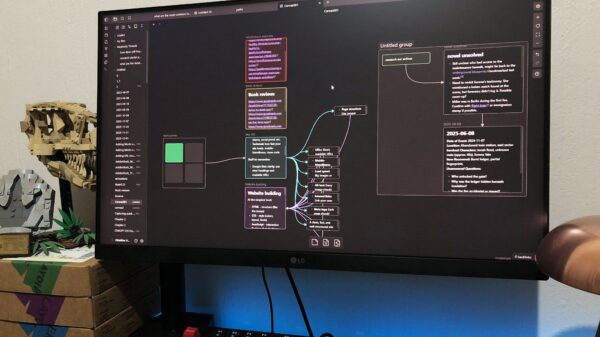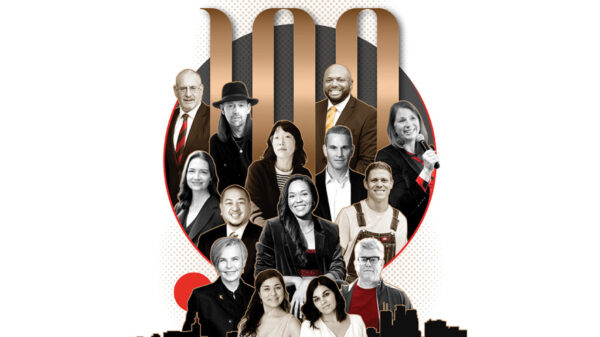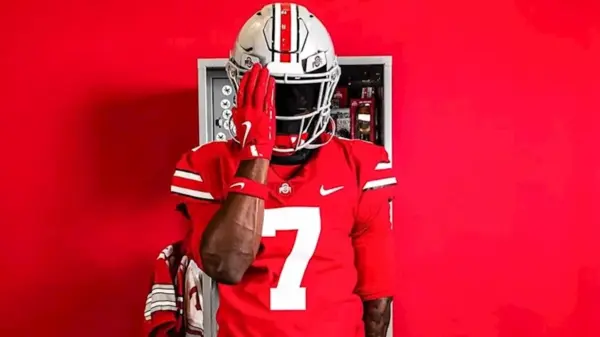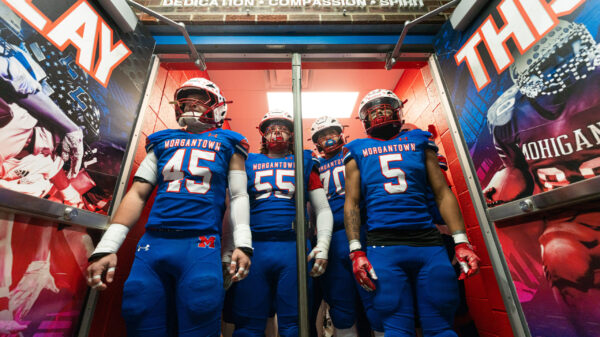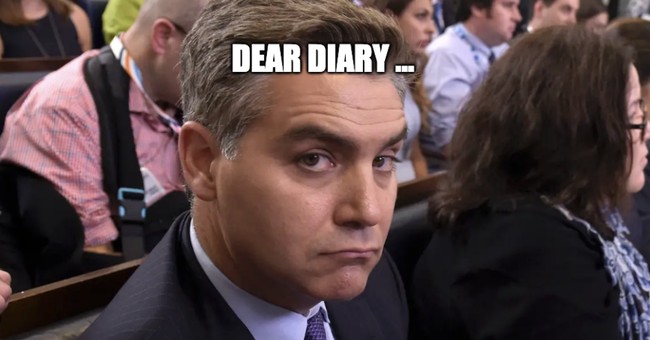The popular restaurant chain, Cracker Barrel, has sparked widespread discussion this week, uniting both Republicans and Democrats in their criticism of the new logo and dining room design. Amid this discourse, journalist Jim Acosta expressed frustration over the public’s focus on Cracker Barrel, suggesting that discussions about former President Donald Trump and his alleged attempts to secure congressional seats should take precedence.
Acosta took to social media to voice his discontent, stating, “The president of the United States is trying to steal congressional seats, so I don’t care about the Cracker Barrel logo discussion.” His comments reflect a growing sentiment among some commentators who believe that trivial matters are overshadowing significant political issues. Acosta’s choice to block replies to his post further fueled the conversation, leading to a flurry of reactions from various social media users.
Critics highlighted Acosta’s perceived inconsistency, noting that he has previously been regarded as an objective journalist. Many pointed out that similar actions regarding congressional representation have been taken by both parties, particularly in states like Texas, California, and New York, where accusations of gerrymandering have surfaced.
The social media exchange turned into a debate about journalistic integrity and accountability. One commenter remarked, “An actual journalist would point out the history of Democrats gerrymandering their states to eliminate Republican seats.” This sentiment resonated with those who feel that Acosta’s commentary reflects a bias rather than a neutral journalistic perspective.
As the conversation continued, various users shared their opinions on Acosta’s past as a journalist, questioning if he has been able to maintain objectivity in his reporting. The debate highlighted the divide between public figures and the media landscape, especially in an era where political discussions often devolve into personal attacks.
The ongoing discourse surrounding Cracker Barrel’s branding may seem trivial to some, yet it underscores a larger trend where cultural touchstones become battlegrounds in the political arena. The clash of opinions illustrates how quickly discussions can shift from serious political implications to seemingly inconsequential topics, creating a challenging environment for media professionals like Acosta.
In conclusion, while Cracker Barrel’s new look has ignited a bipartisan critique, the reactions it has provoked—especially from figures like Jim Acosta—serve as a reminder of the complexities surrounding media narratives and public discourse. The intersection of food, politics, and media continues to evolve, leaving commentators and the public alike to navigate this intricate landscape.


